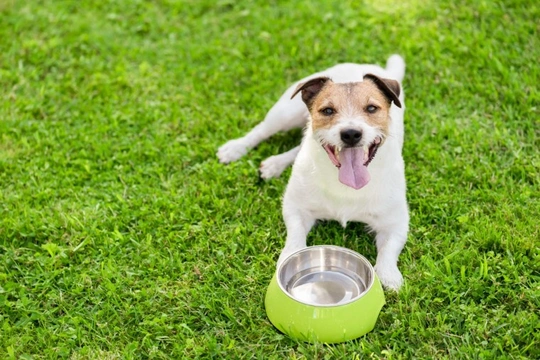
The most common triggers for overheating in dogs in summer
Overheating in dogs in summer can be dangerous, and this may quickly develop into heatstroke. It is important for all dog owners to be aware of the most common causes of overheating in dogs in summer, and the sort of scenarios that can result in dogs getting dangerously hot.
This article will outline the most common triggers for overheating in dogs in summer. Read on to learn more.
Walking your dog when it is too hot
The vast majority of dog owners know that you shouldn’t walk dogs at the hottest times of the day, which most people think means the middle of the day when the sun is highest in the sky.
However, in midsummer, the very hottest days might mean that your dog will need to be taken out very early in the morning or very late at night in order to ensure it is not too hot; on some days, the temperature for the vast majority of the 24 hours will be too high for a safe walk for some dogs.
You should take steps to walk your dog at the times that this is viable to ensure they do get their walk, but if your choice is a walk when it is too hot or no walk at all, missing one walk is the better option.
Overexertion in play
It isn’t just a planned walk outside of the home that can cause your dog to overheat. Play and exertion simply in the garden can achieve this too, and just as fast. This is a common problem if you let your children supervise and play with your dog, as they may not know when the dog is getting too hot, or to minimise exertion on your dog’s part.
Dogs too will often continue playing even if they’re far too hot if encouraged to do so. Another thing to watch for is if you have two or more dogs, as even when no people are involved, play between them can cause one or both to overheat.
Lack of access to water
You should provide constant free access to water for your dog at all times, all year round and not just in summer. But bear in mind that in the summer, your dog will need to drink more and also that their water will evaporate faster too, meaning they need their bowl filled up more often.
It is wise to put out several bowls of water in different places, perhaps use bigger bowls, and get into the habit of checking and refilling them all every four hours or so.
Also, ensure that if your dog is in the garden or in one part of the house, they can always reach a bowl (and know where to find one).
Being trapped in a hot place
Dogs must never be left in cars in summer; they can overheat within just a few minutes, and this can quickly develop into heatstroke, which can be fatal. This is not the only place where a confined dog may overheat, however; if they get into or stuck in a shed, greenhouse, or even one room of the home that gets hot as the sun moves around the house, this can cause overheating too.
Cooling coats that have warmed up
Cooling coats and vests are designed to be soaked in water or filled with cold packets to help to keep your dog’s core body temperature down. Used correctly, these can be really useful and make all of the difference to your dog’s comfort and safety in summer.
However, they should not be left on a dog unsupervised, and you should check them at least once an hour; over time they warm up and will ultimately, if not replenished, actually cause your dog to overheat rather than keeping them cooler.
Lack of shade
Shade is important to allow your dog to stay cool, and they will tend to naturally move into shade as needed; as long as they have access to it. However, if there’s no shade in your garden or if your dog is closed in a part of the house with full sun, they won’t be able to do this.
It is important to make provision for shade if there is none, and to allow your dog to move about to choose cooler spots as needed.
Stress
Stress and anxiety has a number of physical effects on a dog’s body, one being that it causes rapid, shallow breathing. This can quickly result in overheating, so always factor in your dog’s comfort and happiness as standard; not just in summer!
Physical traits
Dogs that are getting on in years and also flat-faced breeds like the English bulldog will tend to be more prone to wilting in the heat in the summer. Older dogs may be less able to moderate their own body temperature and so, vulnerable to overheating.
The narrow and short nostrils of flat-faced dogs can make breathing comfortably a challenge even in regular weather, and so dogs like these require special care and attention whenever the weather heats up.



